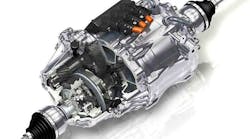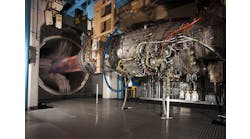Tier One automotive supplier Dana Inc. is in negotiations to purchase the GKN Driveline business from rival GKN plc, the engineering and manufacturing group that recently installed a new management team and signaled its plan to sell off various assets.
“The company has received a number of approaches in respect of its businesses and the board confirms that it has engaged in discussions with Dana Incorporated regarding a potential combination of Dana with GKN Driveline that would be effected mainly in equity,” according to a GKN statement.
GKN also is actively battling a hostile takeover attempt by Melrose Industries, and that group has said it would separate the GKN Aerospace and GKN Driveline businesses into two, separate companies by next year, if it succeeds in its pursuit.
Virtually no details have been revealed about the negotiation between Dana and GKN, though both companies have confirmed the talks. “There can be no certainty that any agreement will be reached, and Dana will always act in the best interests of its shareholders,” according to Dana.
Dana is an Ohio-based designer and manufacturer of the passenger vehicle, commercial truck, and off-highway markets, as well as industrial and stationary equipment applications.
The GKN Driveline division designs and manufacturers standard and electric driveline systems for passenger vehicles. The larger group designs and manufactures engineered aerospace and automotive parts, including forgings.
Last month, the new GKN management team put its powder-metallurgy business up for sale in the first wave of a restructuring program aimed at improving its revenues and financial performance. It indicated other business lines would be considered for sale too, including GKN Driveline’s Wheels, Cylinder Liners and Off-Highway Powertrain businesses. It said it plans to continue developing its GKN Aero Additive Manufacturing, Driveline China, and eDrive Systems business.
Overall, the new GKN management team committed to increase group profit margins and to pay an average of 50% of its free cash flow in dividends over the coming three years.

